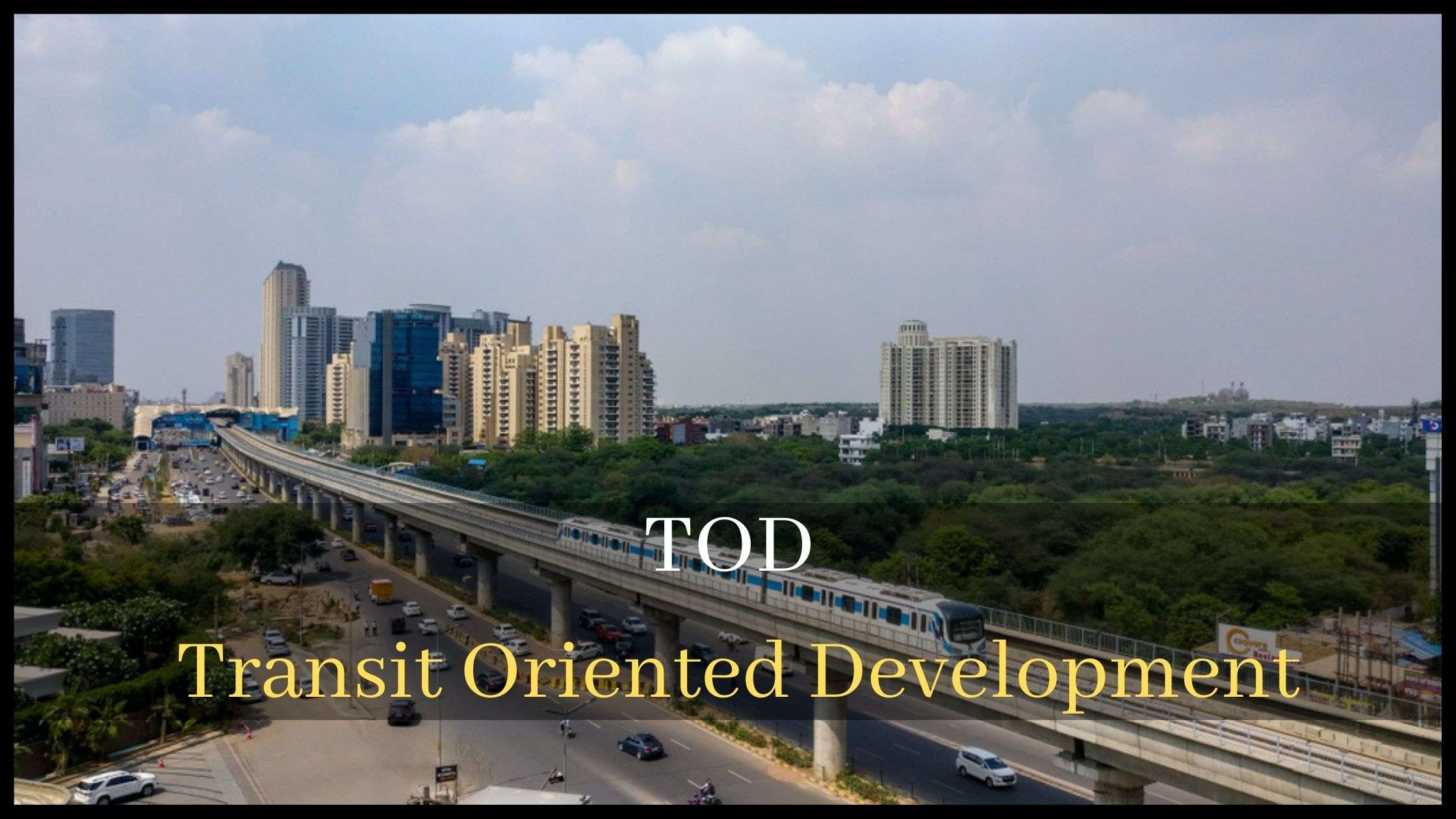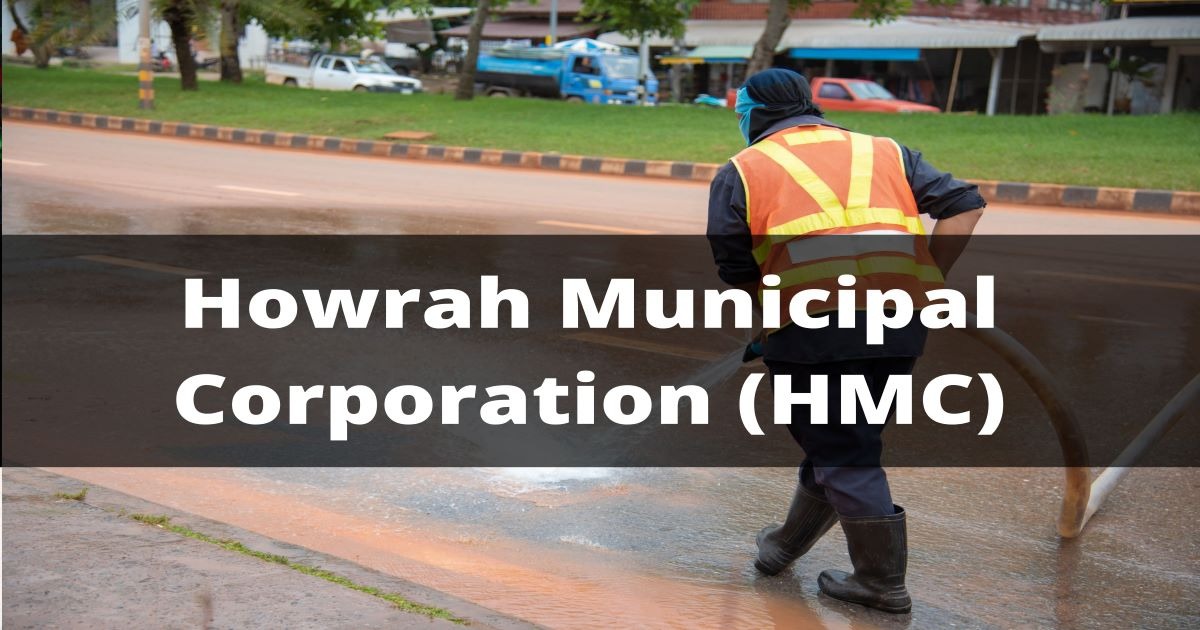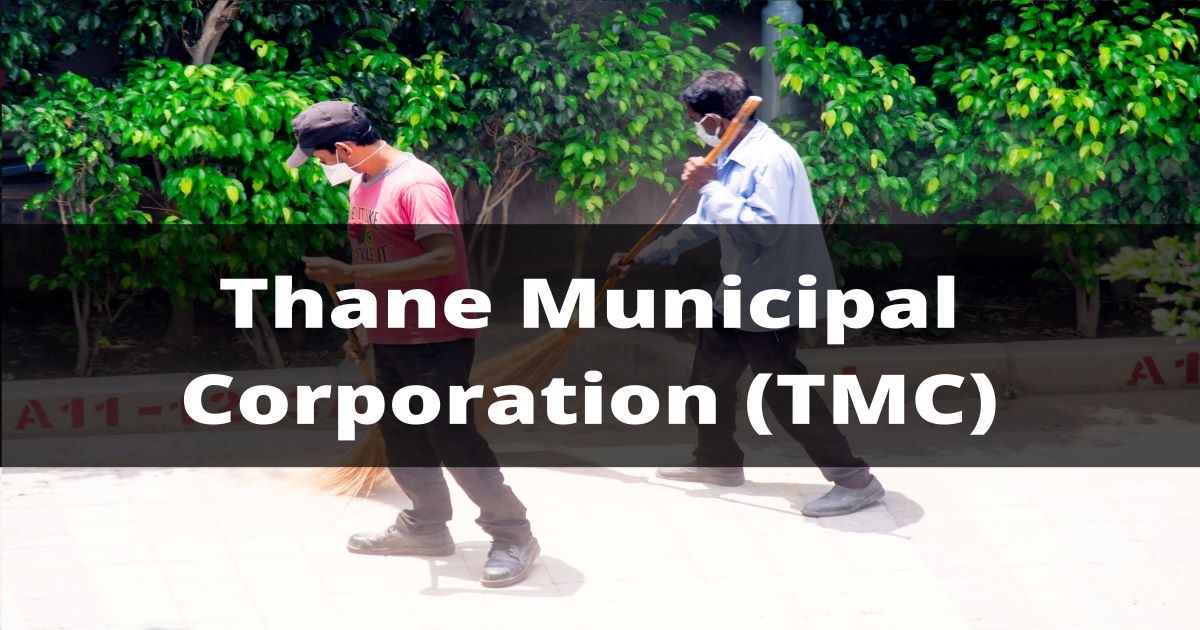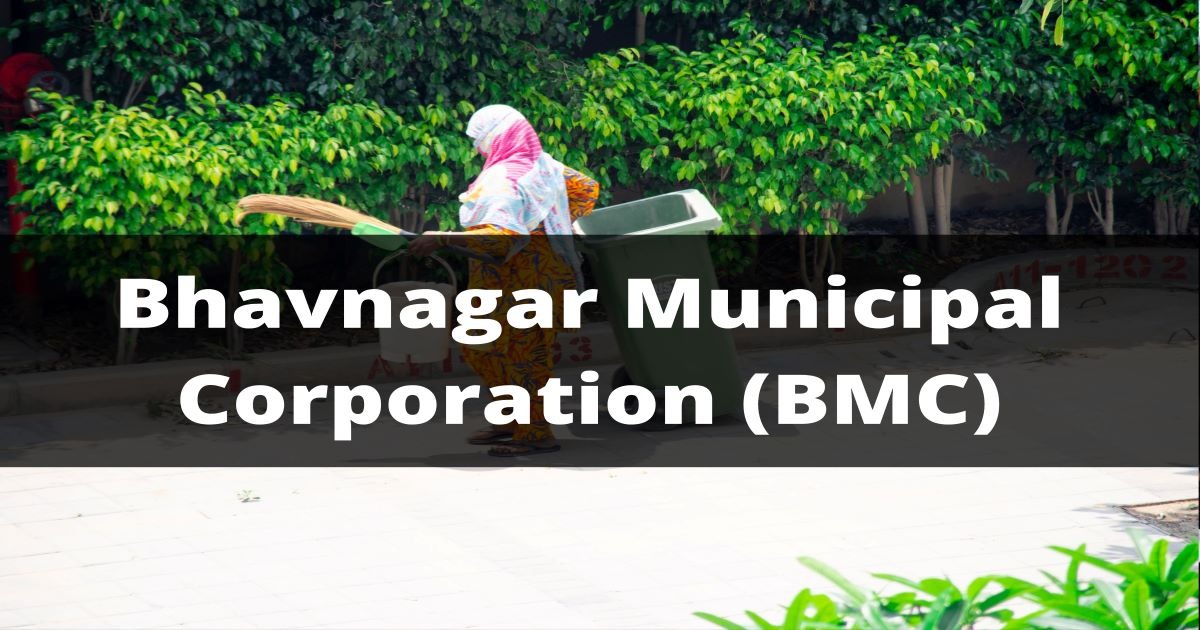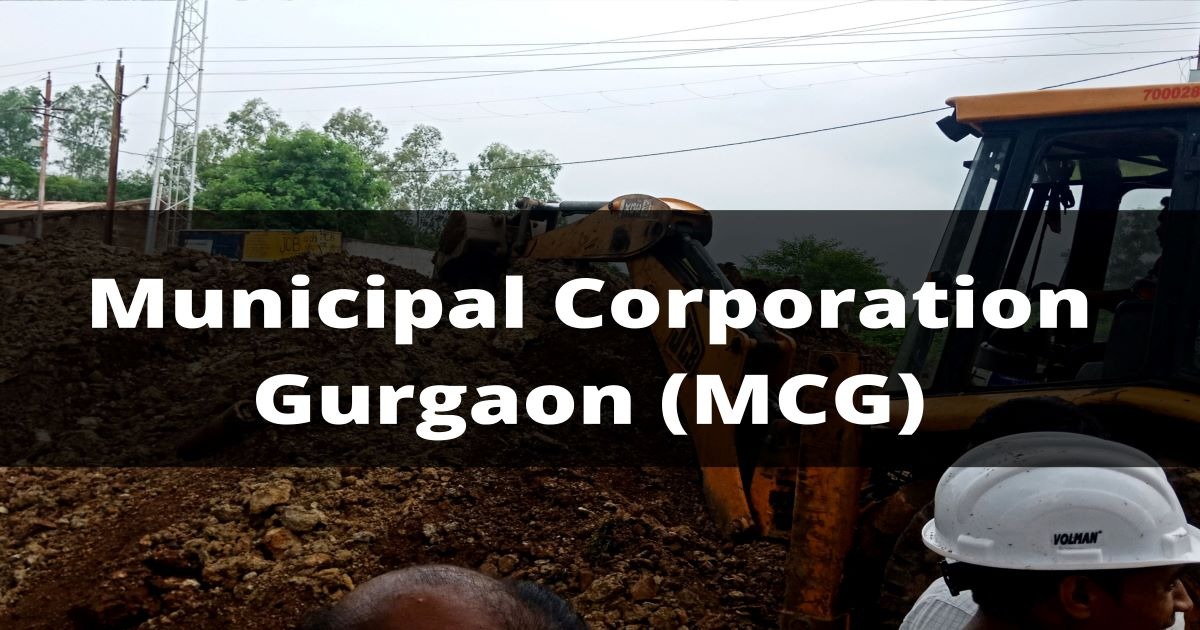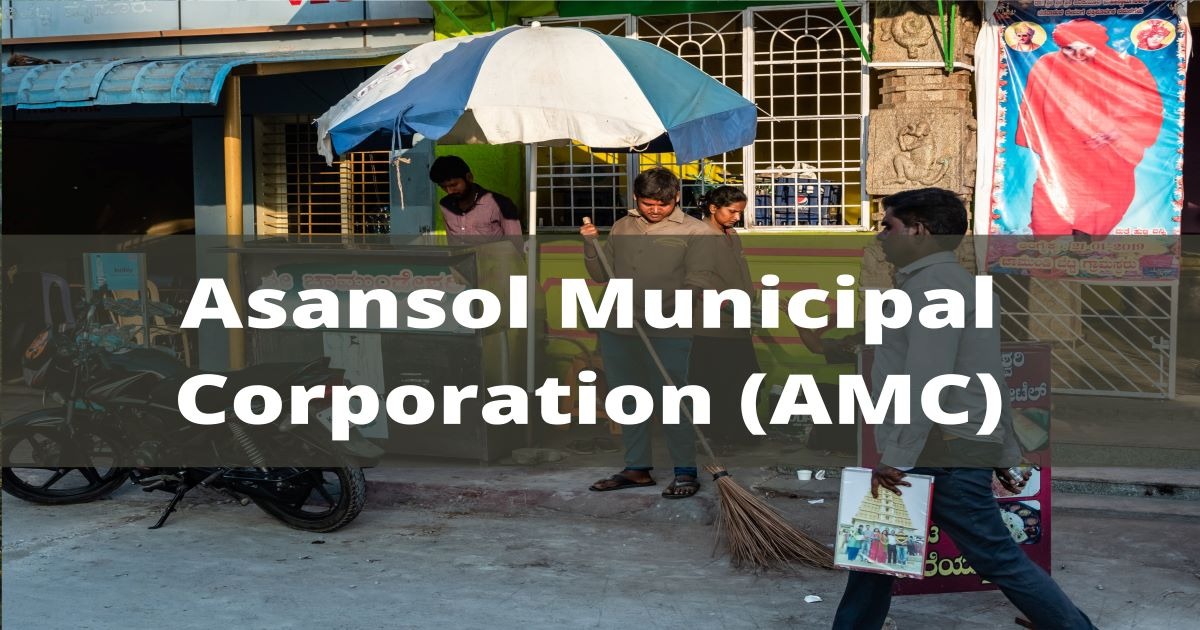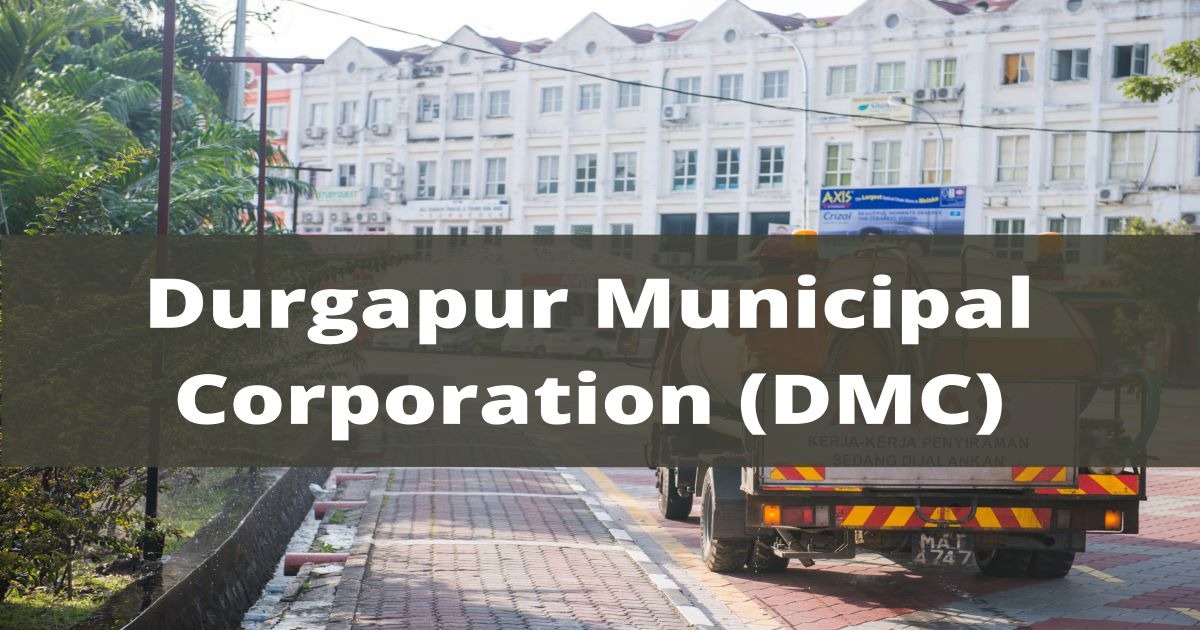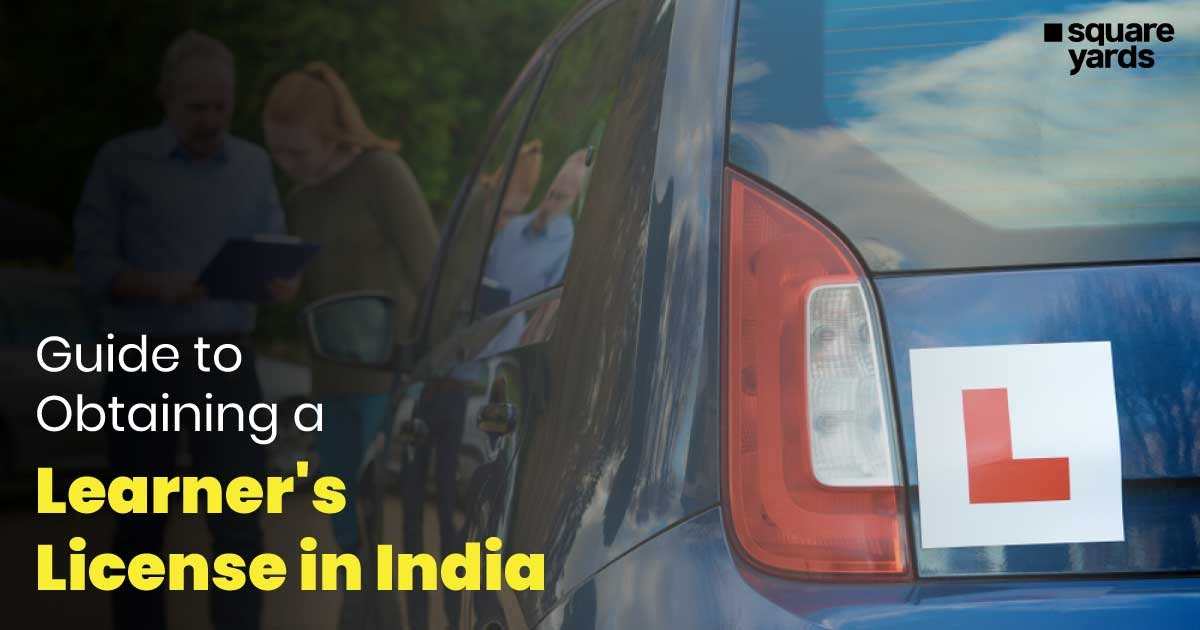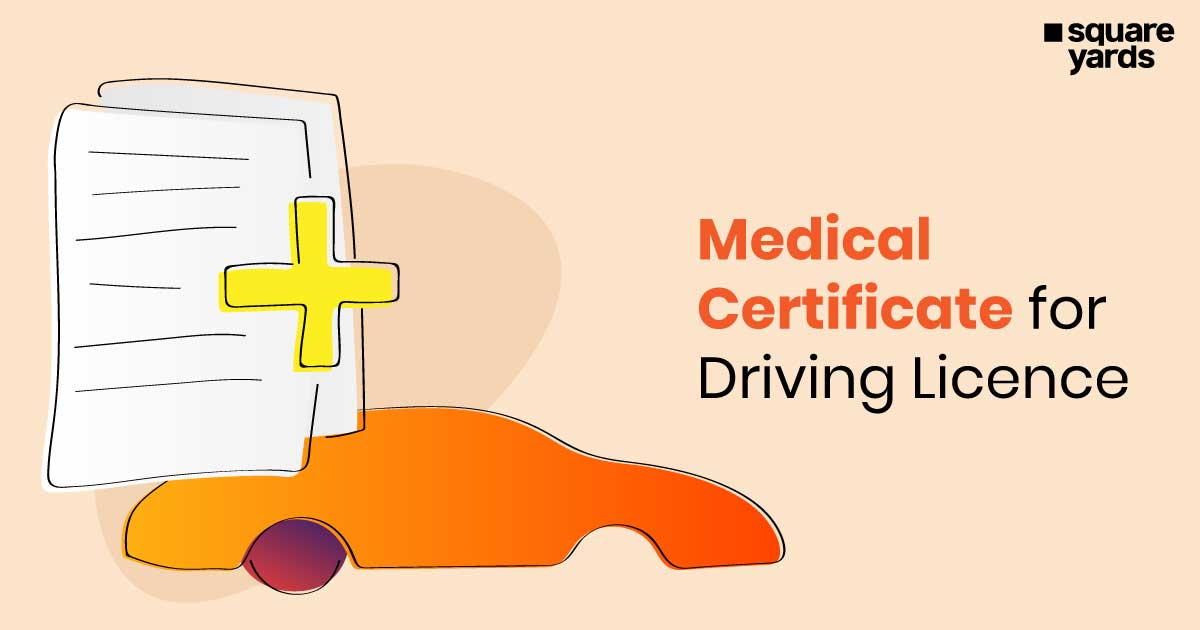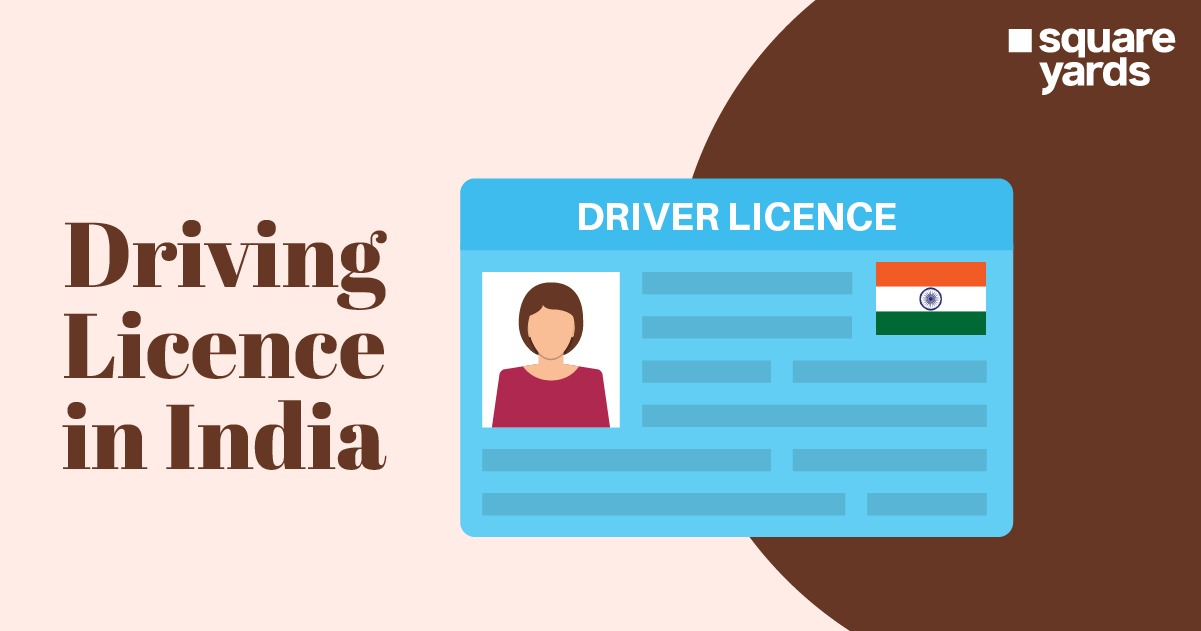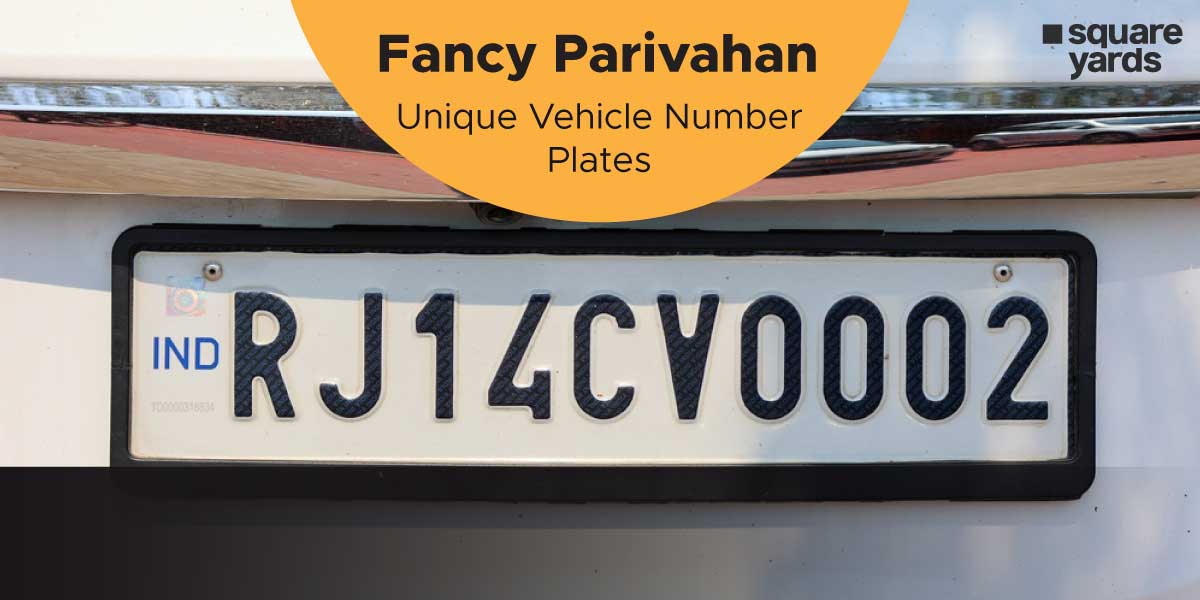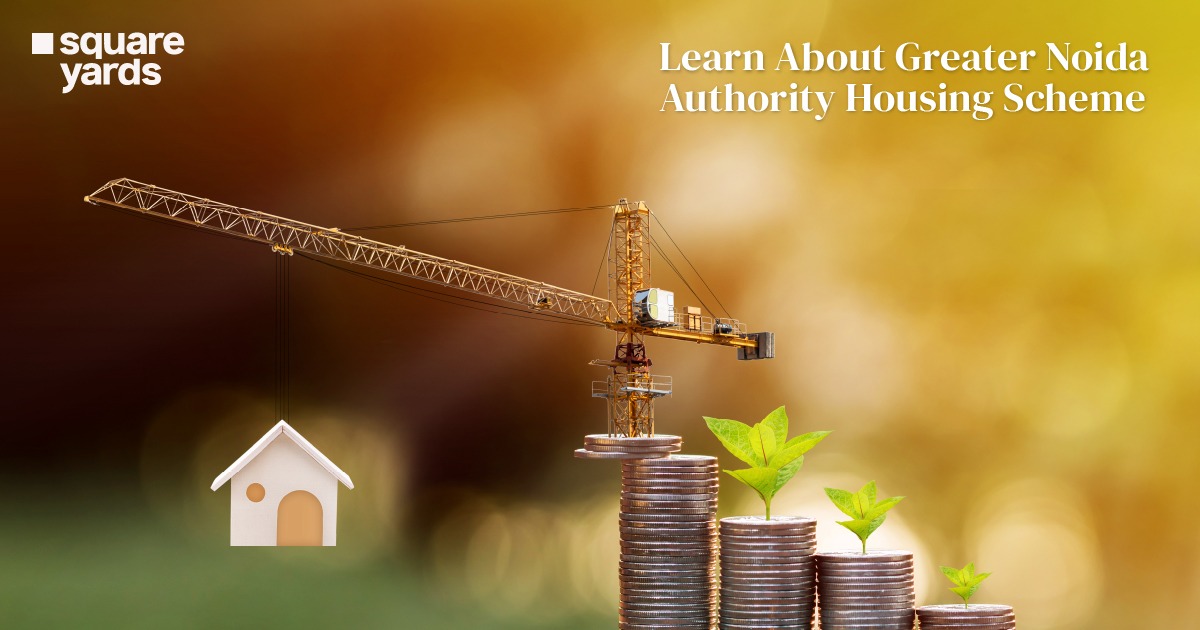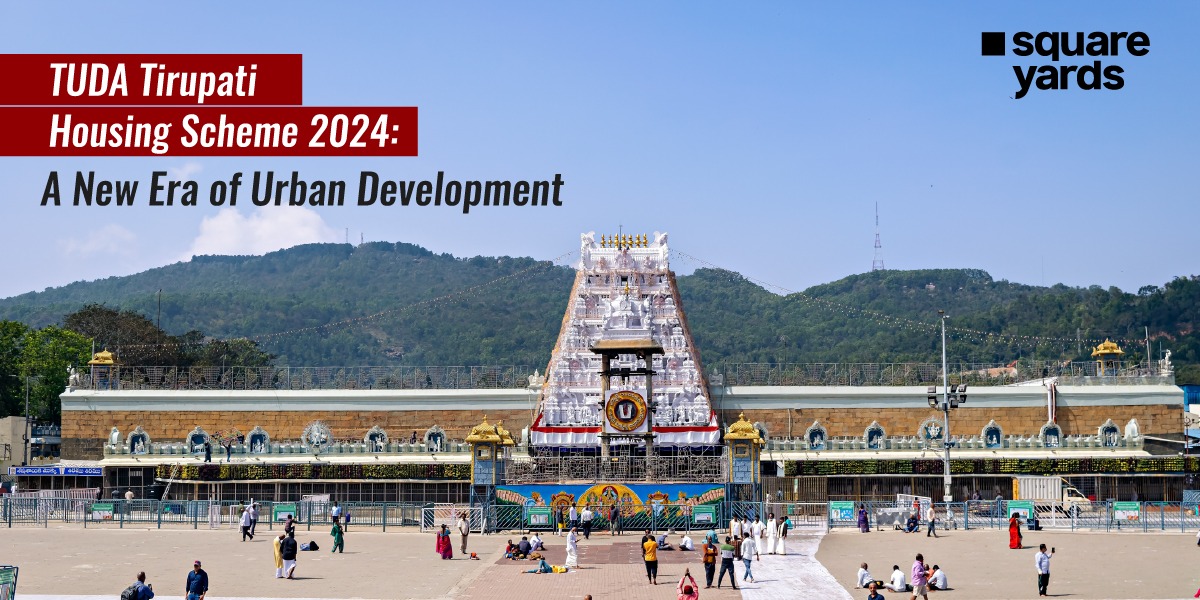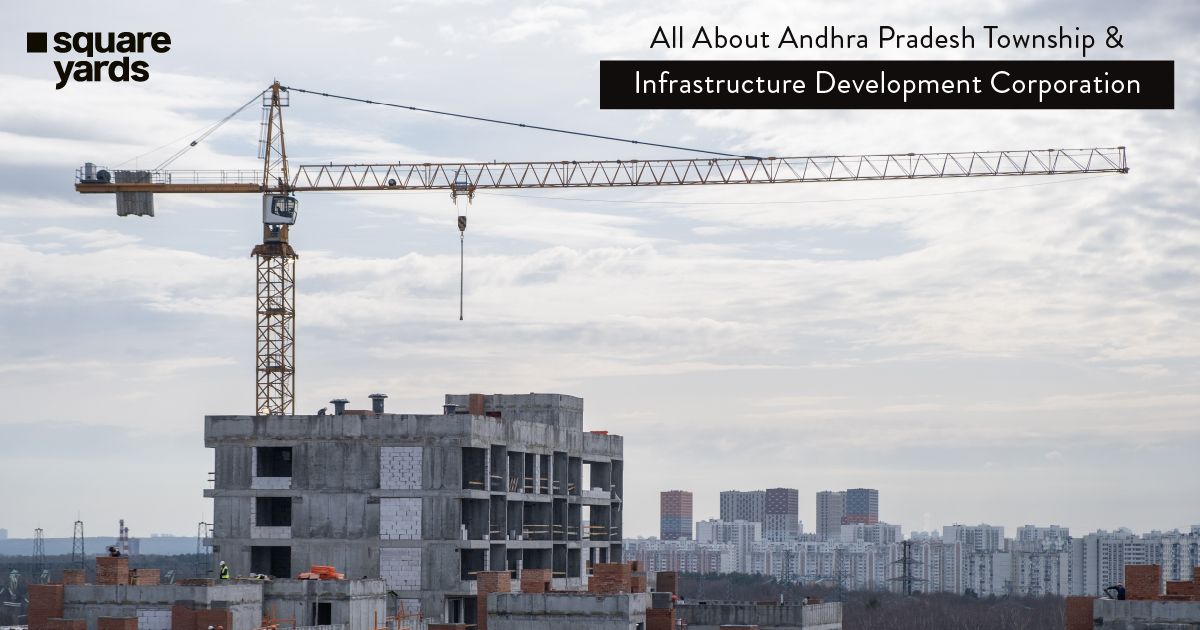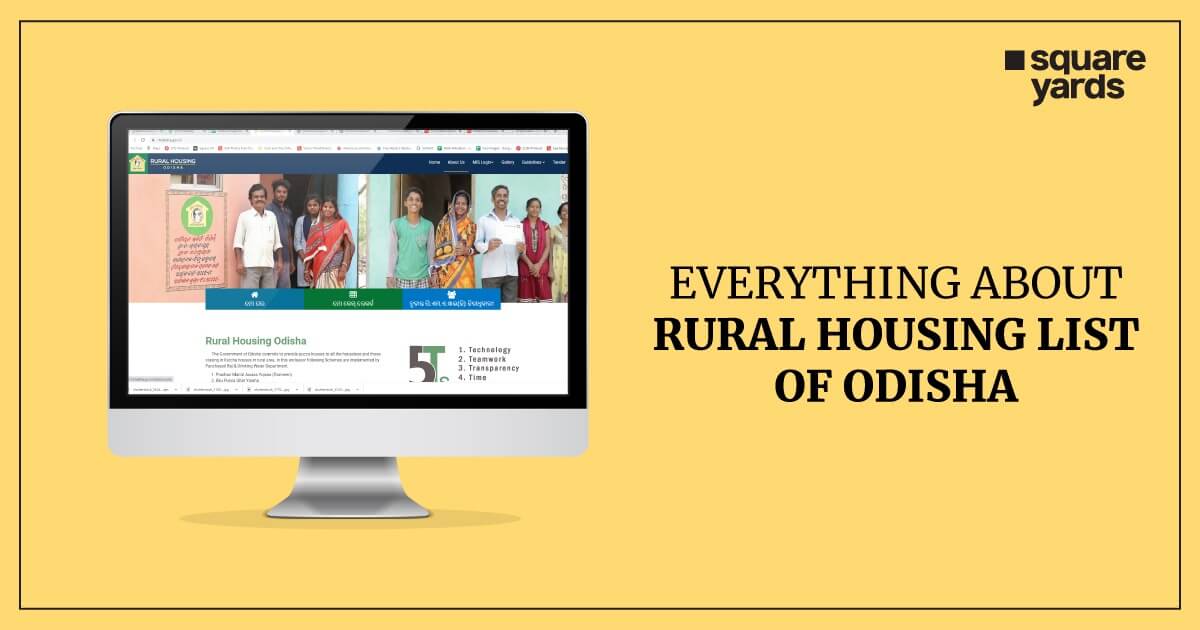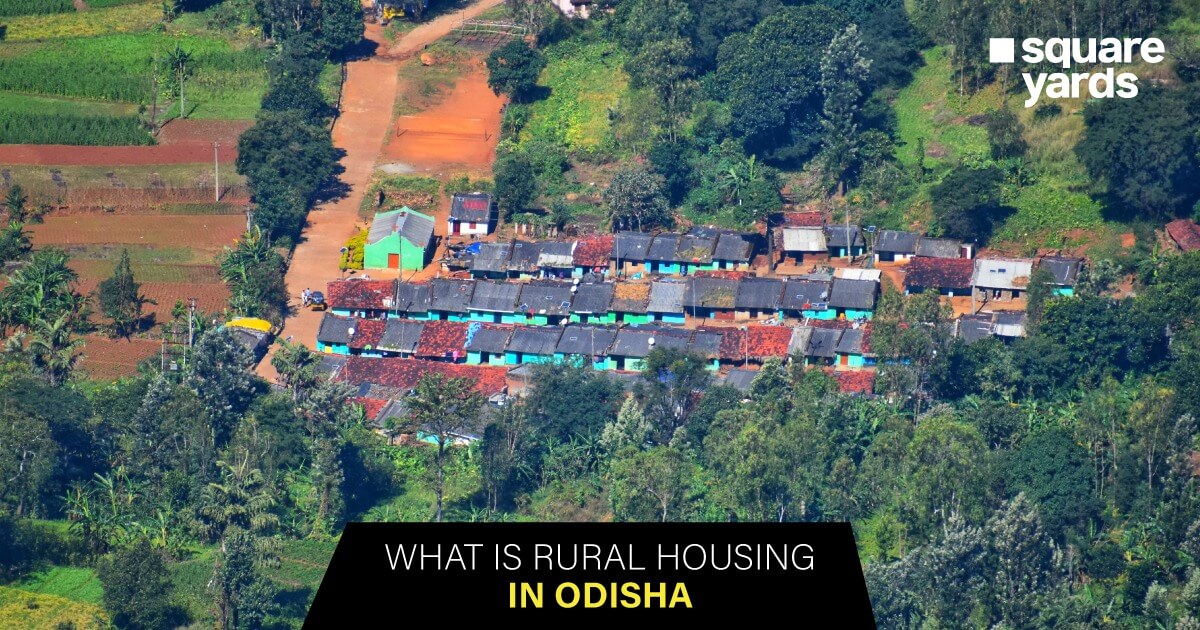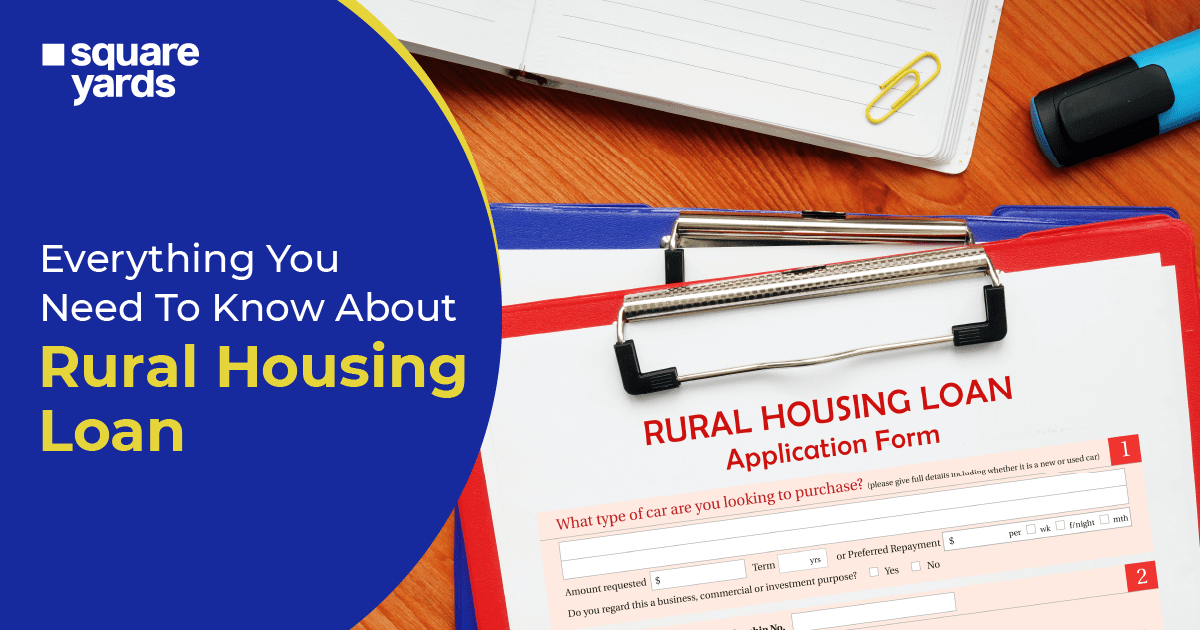TOD or Transit Oriented Development has played an important role in shaping urban spaces across the world. With a rising urban population in the growing cities, the TOD design was adopted in India to create a sustainable community. Let’s have a look at the National transit oriented development policy in the Indian context.
Table of contents
- What is TOD or Transit Oriented Development in India?
- Transit Oriented Development Principles
- TOD Support Principles Tools
- National Transit Oriented Development Policy
- The Vision of Transit Oriented Development
- The Objectives of TOD Policy
- Transit Oriented Development Guidelines in India
- Transit Oriented Development Examples in India
What is TOD or Transit Oriented Development in India?
TOD amalgamates transport planning and land use with an aim to advance sustainable and planned urban growth centres. It includes livable and walkable communes with a high density of mixed land use. Access to public and green spaces is provided to the citizens while simultaneously making efficient use of transit facilities.
Transit Oriented Development emphasises creating a high density of mixed-use of land development in the influence zone of transit stations, i.e. within a walking distance of the transit station. TOD advocates and establishes that pedestrian trips should have access to facilities like entertainment, work, and shopping.
Transit Oriented Development Principles
TOD focuses on development through compact mixed-use around the transit corridor like BRTS, metro rail, etc. International implementations of the scheme have displayed that as much as the transit system facilitates transit oriented development, creating walkable spaces and improving accessibility is of utmost importance. Given below are the 12 guiding principles and 9 supportive tools which help in achieving the objectives of TOD.
| No | Principle | Definition |
| 1 | Multi-Model Integration | The designated influence area must have a high quality, multi-modal and integrated transport system which can be used by the residents to an optimum level. |
| 2 | Complete Streets | The footpaths and streets must be unobstructed and continuous with an appropriate width. The buffers must be offered by the local bodies to ensure that there are no parking or encroachment problems. |
| 3 |
Last Mile Connectivity
|
A greater emphasis has to be laid on providing public transport to areas which do not come under influence zones. Feeder buses or non-motorised transport (NMT) can be considered by the local bodies as their options. |
| 4 | Inclusive Habitat | Approximately, 30% of the floor area ratio (FAR) must be reserved to create affordable housing in the influence zones. |
| 5 | Optimised Densities | The influence zones must have a higher population and higher FAR in comparison to the areas not in the zone. The FAR in these zones must be 300%-500%, depending on the size of the city. |
| 6 | Mixed Land Use | Amenities like entertainment, shopping, and facilities like parks, schools, playgrounds, hospitals must be provided within walking distance in the influence zone to decrease the need for travel. |
| 7 | Interconnected Street Network | A grid of walkable and small blocks must be present in the influence zones which have amenities like signage, lighting etc. and sidewalks. The street network should be accessible by NMT users, bicyclists and pedestrians. |
| 8 | NMT Network | There must be a medium of transportation in the influence zones which is non-motorised, is for the commuters and is accessible to everybody. |
| 9 | Traffic Calming | Necessary measures must be appointed by the local bodies to reduce speed and control the vehicular traffic. This will ensure a secure and safe environment for the NMT users and pedestrians. |
| 10 | Managed Parking | Promotion of managed parking must be done to reduce the usage of private vehicles. Parking in the influence zone and reducing the provision of parking areas will help in this effect. |
| 11 | Informal Sector Integration | Livelihood to the informal sector can be provided by installing vending zones on the main streets. This effort would also make the streets safer as the vending zones will become the ‘eyes of the street’ However, it is necessary to ensure that it does not impact the movement of pedestrians and retails zone’s business. |
| 12 | Street Oriented Building | The buildings must only be present till the edge of the street in the influence zones. This ensures the surveillance of public spaces. Additionally, the building orientation should also be facing the pedestrian facilities. |
TOD Support Principles Tools
| PPP |
| Safety and Security |
| Universal Accessibility |
| High Quality Transit System |
| Technology Integration |
| Right Size Infrastructure |
| Green Buildings and Infrastructure |
| Preserve and Create Open Spaces |
| Land Value Capture |
National Transit Oriented Development Policy
With the rapid growth in the city dwellers, the transit systems like BRTS and metro rail are being implemented at a higher scale to catch up with the travel demand. Transit Oriented Development thus becomes vital for these cities where mass transit systems exist or are being executed.
The National TOD policy is the guidance bible for the Central Government departments/agencies/ministries to establish that their policies invigorate TOD in the cities, especially the ones which are yet to establish the mass transit system. The policy will be an aid to the UT/state governments and the urban local bodies in the formulation of planning strategies. It will result in increased activeness and participation of government, NGOs and stakeholders in establishing TOD.
The Vision of Transit Oriented Development
The policy’s vision is threefold:-
- To provide assistance in the transformation from the cities dependent on private vehicles to public transport oriented development.
- To encourage people to use public transport by making it affordable and accessible, to encourage people to cycle and walk, ensuring green mobility and reducing pollution and other motorisation effects.
- To establish affordable and livable communities for the public which are both walkable and compact.
The Objectives of TOD Policy
- To encourage the use of public transport with the development of high-density zones which would increase the share of walk trips leading to a reduction in congestion and pollution in the influence area.
- To supply the basic needs of living like public amenities, shopping and entertainment in the influence area reducing the travel frequency.
- To inculcate a dense road network within the area for easy connectivity and movement of NMT and pedestrians.
- To accomplish a reduction in the ownership of private vehicles and the associated parking demand and traffic with it.
- To instil an inclusive habitat in the influence area so that people who rely on public transport can reside in the communities within a walkable distance from the transit stations.
- To inculcate the Economically Weaker Sections (EWS) and affordable housing in the zone by assigning a portion of built-up area in the entire housing supply.
- To develop a safe society for women, children, differently-abled and senior citizens by making amendments to the building by-laws.
- To prevent urban sprawl by adjusting the growing population in a small area with access to the transit corridor, consolidating investments, and bringing down the development cost.
- Reducing carbon footprints by inclining towards environment-friendly travel options for egress and access trips.
Transit Oriented Development Guidelines in India
The rapid urbanisation of Indian cities makes it mandatory that the transit corridors are used efficiently along with land integration with the transport infrastructure. This results in the cities being smart, liveable, and healthy. The National Transit Oriented Development (TOD) Policy was a result of this ideology and was established by the Union Urban Development Ministry. This policy has been formulated by keeping in mind the challenges faced due to urbanisation.
The policy strives to encourage living near the mass urban transit corridors for example monorail, bus rapid transit (BRT) corridors, and metros. The state government is the keeper of the execution strategy developed to manage urban spaces. However, the National TOD policy acts as a guiding force and serves an impetus role in the formation of city/state-level strategies for the Transit Oriented Development (TOD).
Transit Oriented Development Examples in India
Ahmedabad Station-Level TOD
- Along the transit corridor, a higher FSI has been appointed which varies from 1.8 to 4. The local bodies can also purchase a supplemental FSI of 2.2.
- The properties which are within an area of 250 metres are levied with a ‘betterment charge’.
- The income generated from selling FSI will be a component of the transport fund.
Delhi Area-Level TOD
- Areas that are within a radius of 500 metres along the metro corridors are included in the Transit-oriented development policy. It covers around 20% of Delhi’s urban area.
- Encouragement of a mixed approach in making use of the land in the particular corridor. This means that 50% of the said area will be restrained for built structures, 20% area for roads and the rest will be used for open green spaces.
- Creation of fine roads for better connectivity and network to create shortcuts on foot.
FAQ’s about Transit Oriented Development:-
What are the characteristics of transit-oriented development?
The characteristics of TOD include higher FSI/FAR, mixed land use, easy access to numerous modes of transport system, and higher population density.
How do you develop TOD?
The TOD design is a close-knit structure that promotes urban development with close integration with mass transit by clustering housing, jobs, amenities, and services.
How do you develop TOD?
The TOD design is a close-knit structure that promotes urban development with close integration with mass transit by clustering housing, jobs, amenities, and services.
Which city in India has implemented the transit-oriented development approach?
Mumbai was the first city to adopt TOD in India. Many other cities like Delhi and Ahmedabad followed suit.


